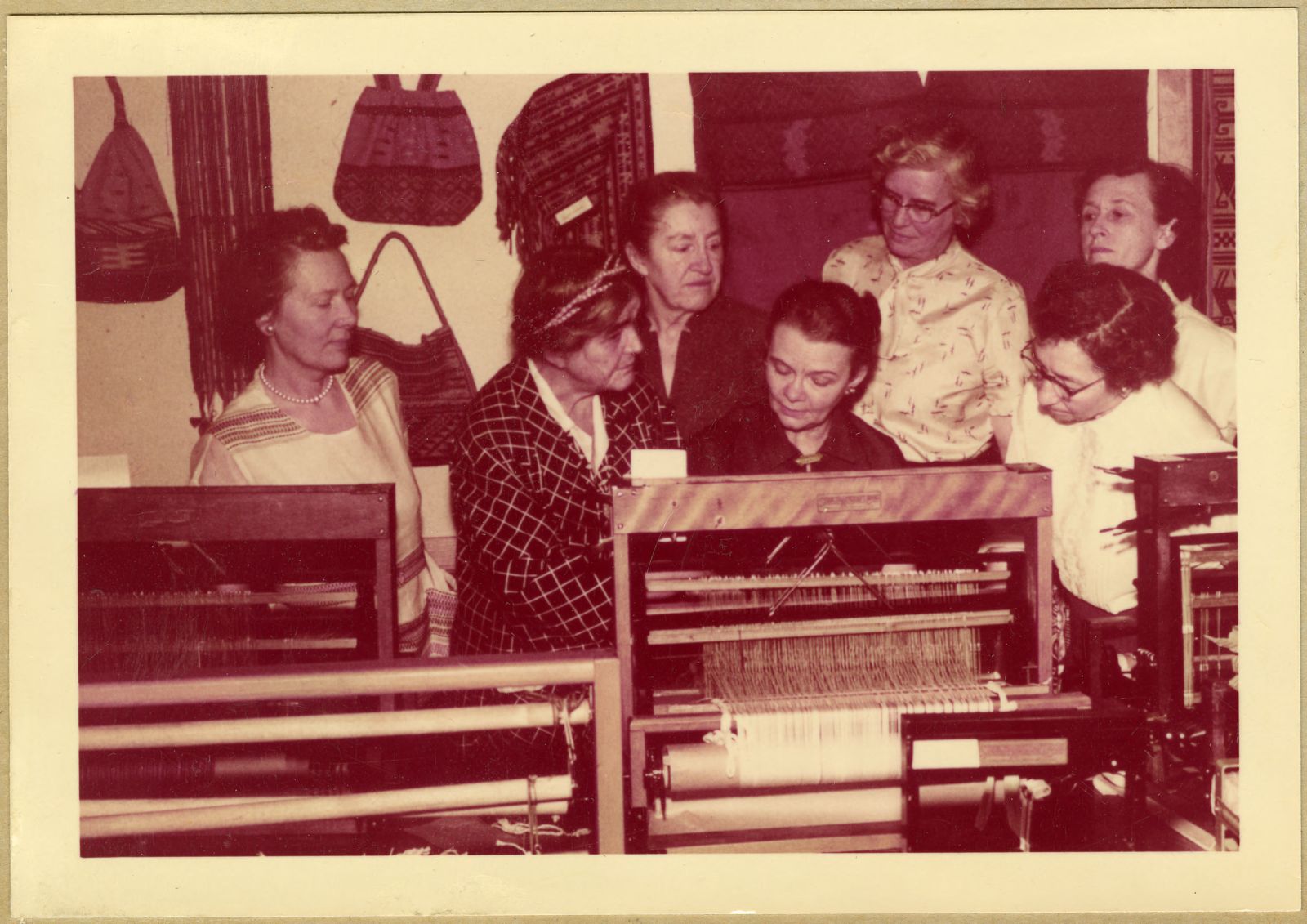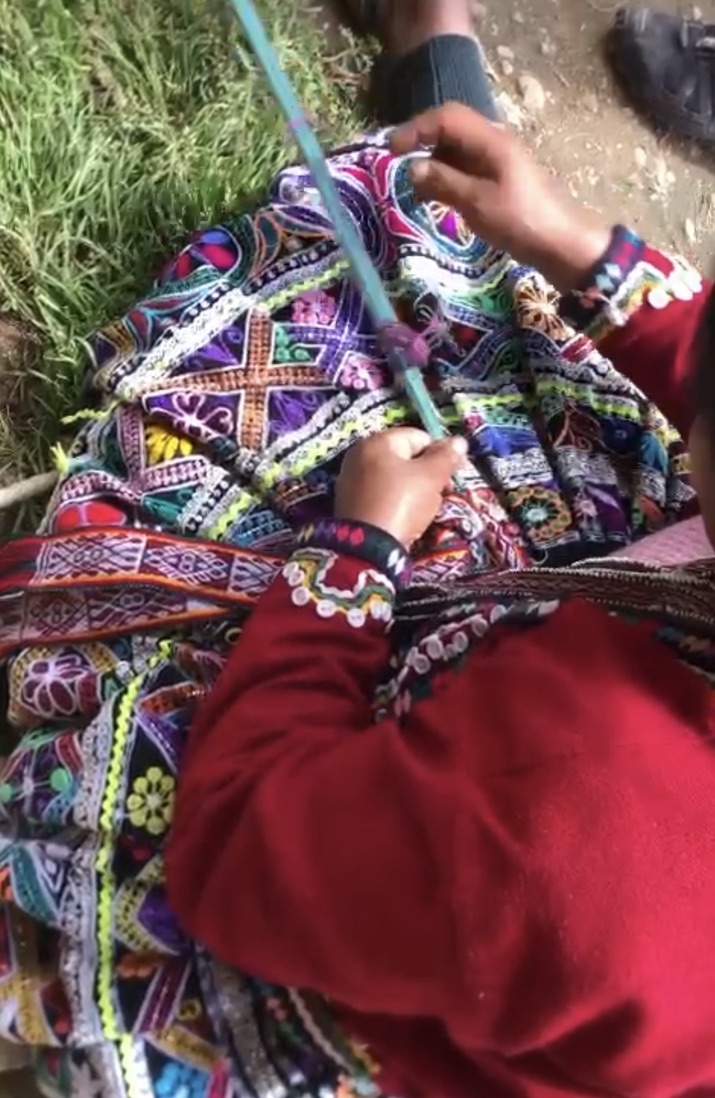Over the last two months in this time of isolation and uncertainty, I have been thinking a lot about how precious it is to share a meal with loved ones. Dreaming towards a time when we can safely gather again, I designed a tablecloth that I can weave on my loom at home. Together-apart, I wanted to share this project as WGM’s first foray into digital learning.
The last few weeks have forced me to take a step back and reconsider the core tenets of this work.
I live about three blocks from where George Floyd was murdered. Like many of my friends, I’ve been going to protests and helping as I can, gripped by the transformative and collective grief and rage of my city.
And yet, through the smoke, tear gas, and misinformation, I have felt more or less safe. This is one marker of my privilege.
As a white person, I, especially, cannot forget George Floyd. I cannot treat his memory as optional. At 15 years old, I learned how to weave at a private school in the Detroit, MI suburb of Bloomfield Hills. In addition to its own complex past, this area employed the same racial covenants that defined much of Minneapolis. I have largely taken for granted my unpatrolled access to resources and opportunities, and my complacency makes me complicit with George Floyd’s murderers.
Weaving is not an innocent or apolitical act, and neither can nor should we divorce it from its politics or history. But we lose so much if we do not expand our lens to include other ways of practicing, learning, and celebrating this art.
In my work and teaching, weaving is a realm of fantasy, invention, and expression. I believe deeply that there is no right way to weave.
I still want to weave a tablecloth that is as queer and unconventional as I am, while dreaming of sharing food with my beloveds. I invite you to join me in this. The act of weaving can open my mind to self-reflection, and I want to consider these questions in particular:
Who is at my table?
Why, and what work can I do to shift this?
What does an anti-racist tablecloth look like?
My tablecloth will be woven on an 8-harness loom using triple-cloth and lace weave. There are a number of ways that you can join in this adventure with me.
- Sign up for my digital class! This online class is designed for weavers with 8-harness looms. For weavers with 4-harness looms who would like to share in the fun, I will provide a 4-harness lace weave draft and basic instructions for creating three woven panels that can be stitched together into a tablecloth. Sign up
- Download the drafts and instructions and weave along with us. Post about your progress on social media, as I plan to do, and tag your work #WGMhomework.
- Join me for a Zoom talk on artists working with multi-cloth structures. I will break down some of the wide-ranging technical and material strategies that some of my favorite artists employ in their work. I will also speak to the ways that my own work has evolved in parallel to this research. Sign up
I’m off again to my loom – to weave off some small, dazzling objects and get it ready for my tablecloth warp. I am so looking forward to sharing some loom time with you soon.
Respect,
Heather MacKenzie, WGM Instructor and Artist-at-Large



